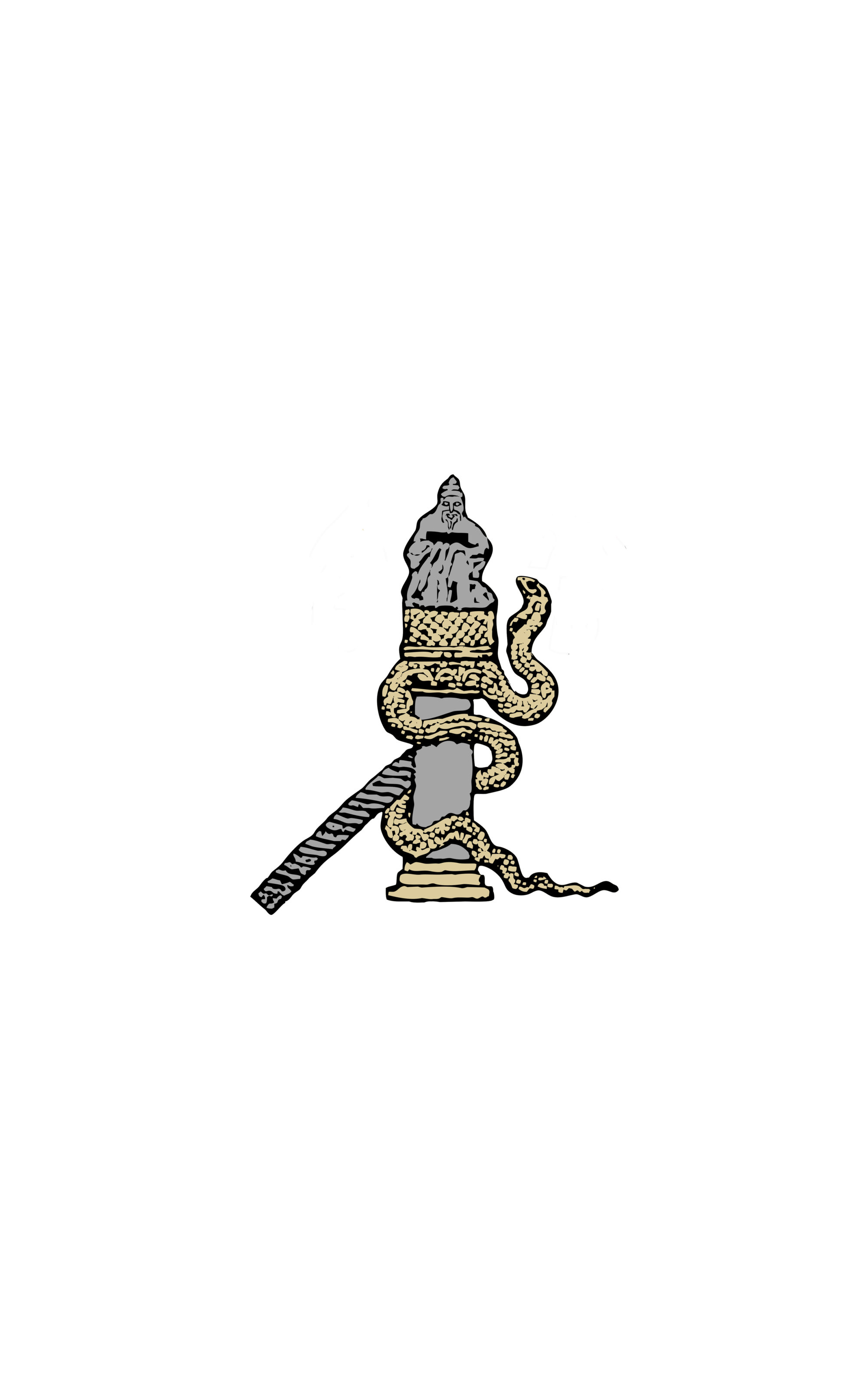The 12th century architecture in Raška : open questions on the origins of the architectural forms between Byzantium and the West.
Jelena Jovanović, Université de la Sapienza
Valuable testimony on the authentic syncretism of the Byzantine and the western artistic influences may be found on the monuments of the late 12th and 13th century in the medieval Serbia, known as the Raška School (G. Millet, in L’ancient art serbe. Les églises, Paris 1919, labels as the Raška School the Nemanjić’ foundations built from 1170 to 1296).
This phenomenon traces its origins from the political circumstances of the region under Stefan Nemanja (1166-1196), the founder of the Nemanjić Dynasty (1166-1371), who has alternated strategic alliances with both Byzantium and the West. The region’s jurisdiction division has been dictated by the Great Schism of 1054: the coastal area of Zeta was under the Catholic Archbishopric of Bar while the inland Raška was part of the Archbishopric of Ohrid, Patriarchate of Constantinople. The architecture was the first class instrument of communicating the religious, ideological and political order of the new dynasty.
A certain level of criticality is related to the origins of the architectural forms of the Raška School whose main theme is represented by the single nave church with the dome and a semicircular apse, subsequently developed with high proportions and the addition of the narthex and lateral vestibules. The research will be focused on the examination of the sources of the 12th century architectural forms, subject still lacking exhaustive and in depth study: Church of the Virgin (ante 1166), Church of St. Nicolas (1166), both near Kuršumlija, St. George at Stari Ras (1170) and the Church of the Virgin at Studenica (1196). Those monuments cast light on plausible preceding examples present in both Byzantine world, whose direct impact appears in the spatial solutions, and the Adriatic coast evidenced by Benedictine monasteries built in 11th century and guilds operating in the full Romanesque spirit noticeable in material, building technique and stone decoration. The goal of the final paper is to state further the hypothesis of a more stylistically attentive definition and to trace the routes of transfer of different influences.

